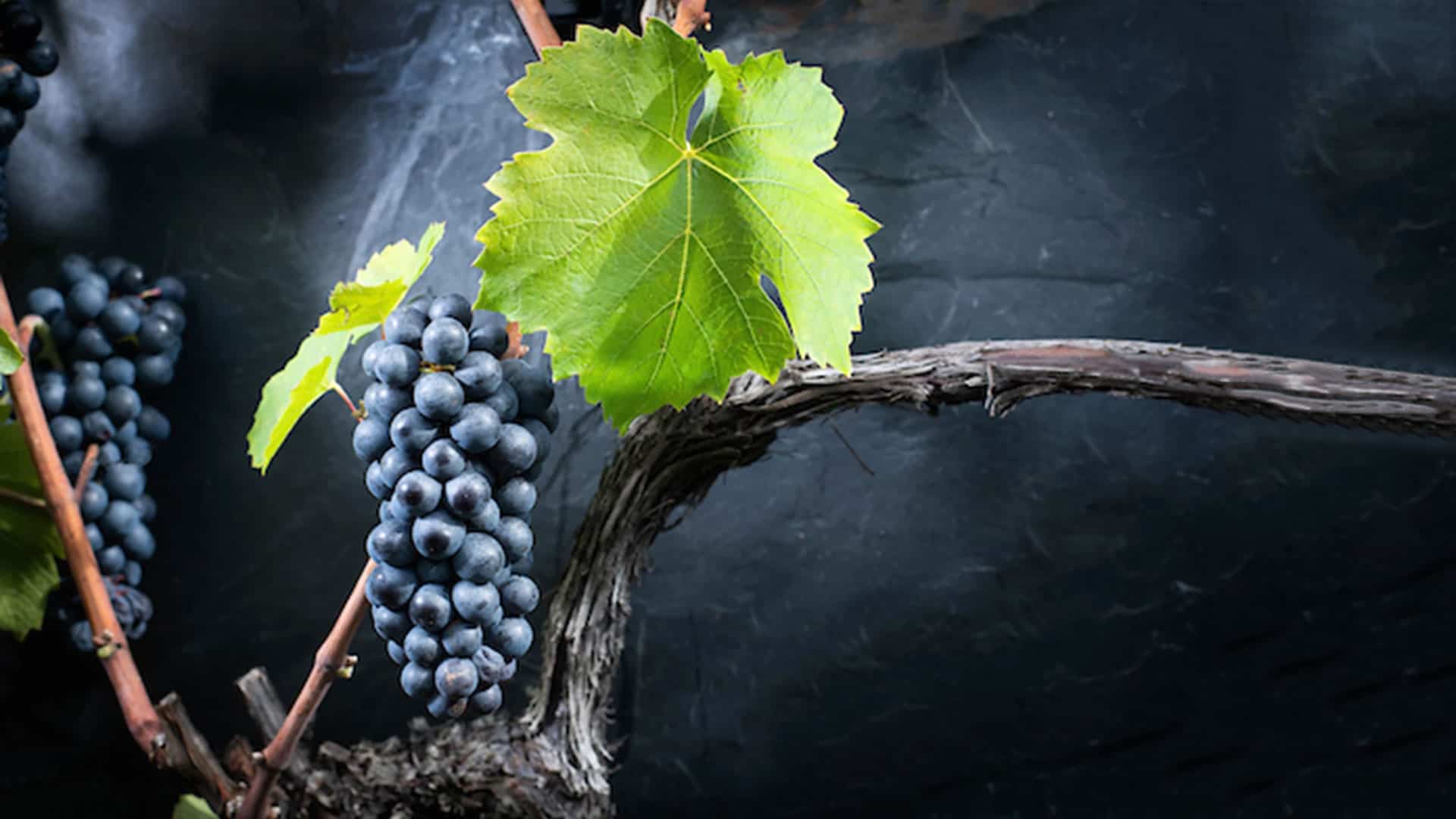The Gamay red wine is of course just one of many excellent Valais red wines that we have in our range. In our online store you will also find a large selection of Valais white wines, rosé wines, sparkling wines and digestifs.
If you are looking for a gift, we recommend the various tasting boxes from our gift service, for example, or a gift voucher, which gives the recipient a free choice in our online shop.
The most important facts at a glance
Gamay is a remarkable grape variety, because although the wines made from it come almost exclusively from a single region, Beaujolais, they have gained worldwide popularity.
The Gamay grape variety is one of the noble grape varieties, Latin Vitis vinifera subsp. vinifera.
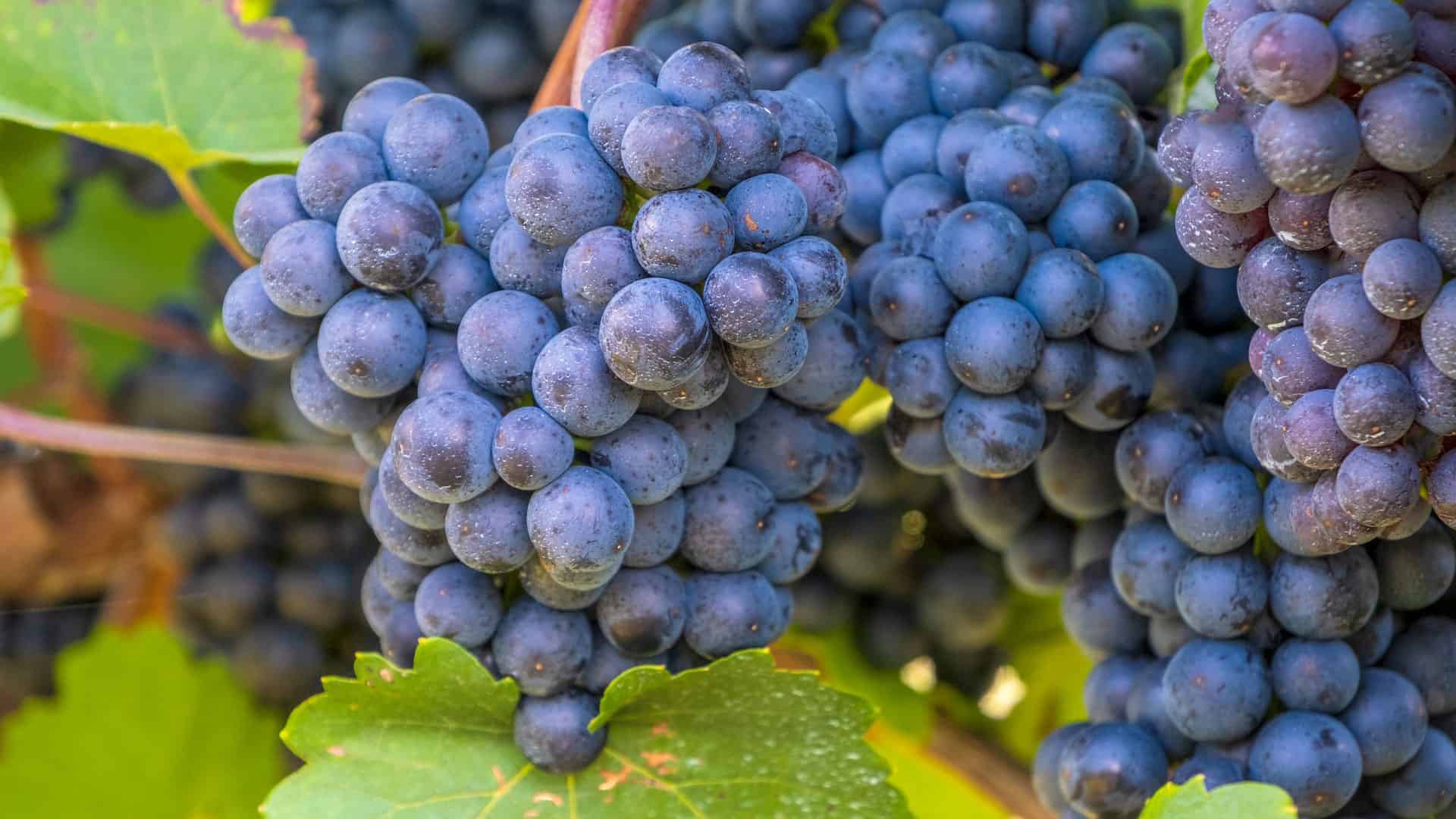
By far the most important region for the cultivation of Gamay is Beaujolais in France. Beaujolais is located in southern Burgundy, where the grape variety is called Gamay noir. 90% of the vineyards in Beaujolais are planted with this grape variety. It is hardly surprising that all Beaujolais red wines are made from Gamay.
In this region, the Gamay grape particularly benefits from the slate and calcareous granite soils, which are decisive for the quality and characteristic taste of the wine. A total of 31,771 hectares are planted in the various growing areas in France, 60% of which are in the Beaujolais region alone.

Origin, origins & significance of Gamay
Gamay originated from a cross between Pinot and Gouais blanc. And as crazy as it may sound, it is true. Gamay is therefore half Oberwalliser. The Gouais Blanc (Heunisch), Gwäss in the Upper Valais, is also quite a Casanova. It is the parent variety of more than 80 European grape varieties such as Chardonnay, Gamay, Riesling and Blaufränkisch.
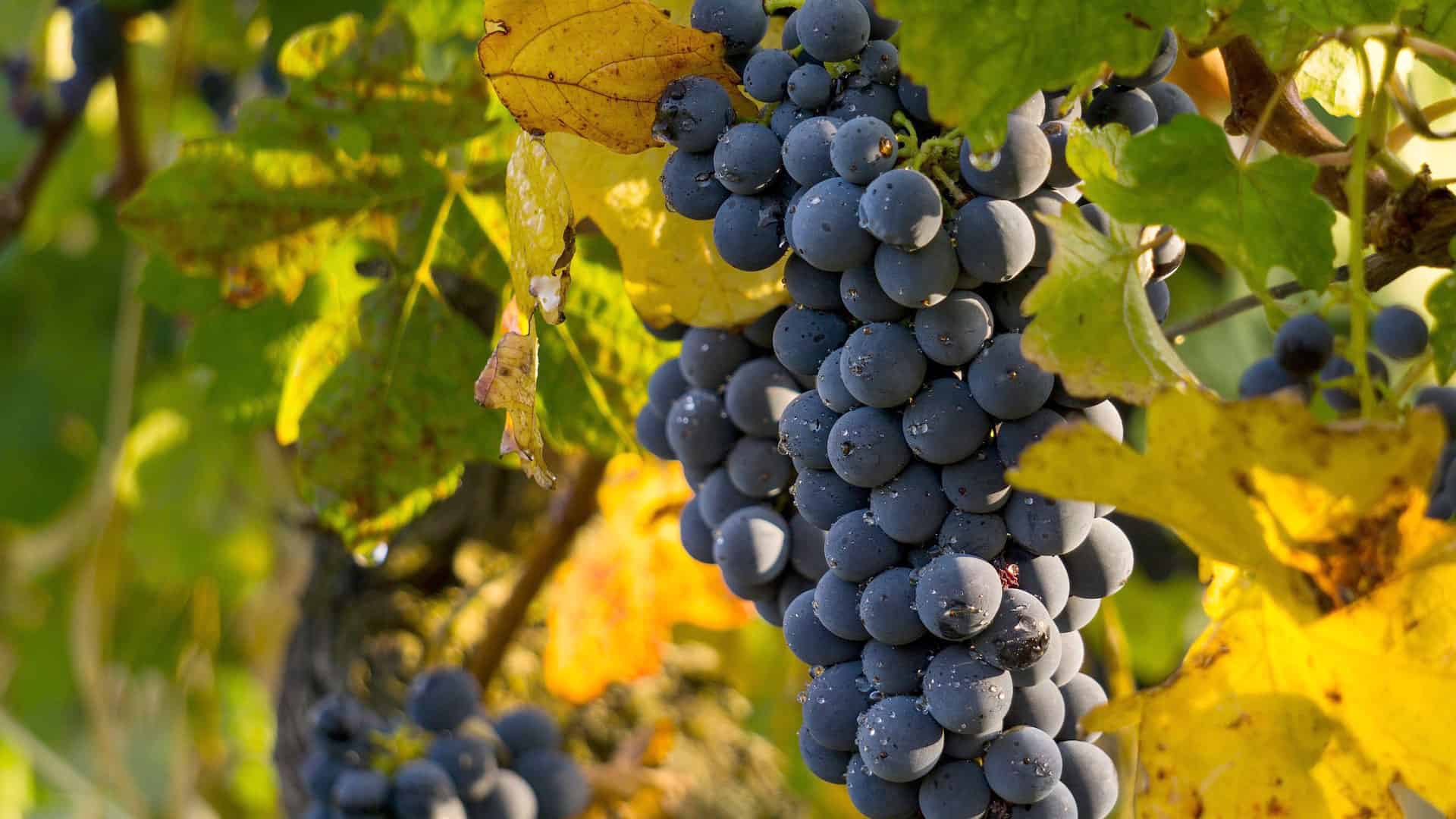
The white vine has disappeared from France – in the Upper Valais, the Gwäss has remained since 1540. The grape is very productive and resistant to spring frost, but susceptible to rot. The wines are highly acidic with notes of pear. Although the white wine variety Gouais Blanc is almost extinct, it was one of the most important grape varieties in Europe with its evolution of diversity.
Monks explain the success of Gamay in Burgundy
It was above all the Benedictine monks of the Cluny monastery and the monks of the Cistercian abbey Clos de Vougeot who promoted viticulture in Burgundy particularly strongly in the 13th century. They recognized the influence of the terroir on wine quality and planted the red grape variety Gamay, named after a village of the same name on the Côte d’Or. The vine ripened very reliably and produced high yields, so that it soon became a serious competitor to the sensitive Pinot Noir.
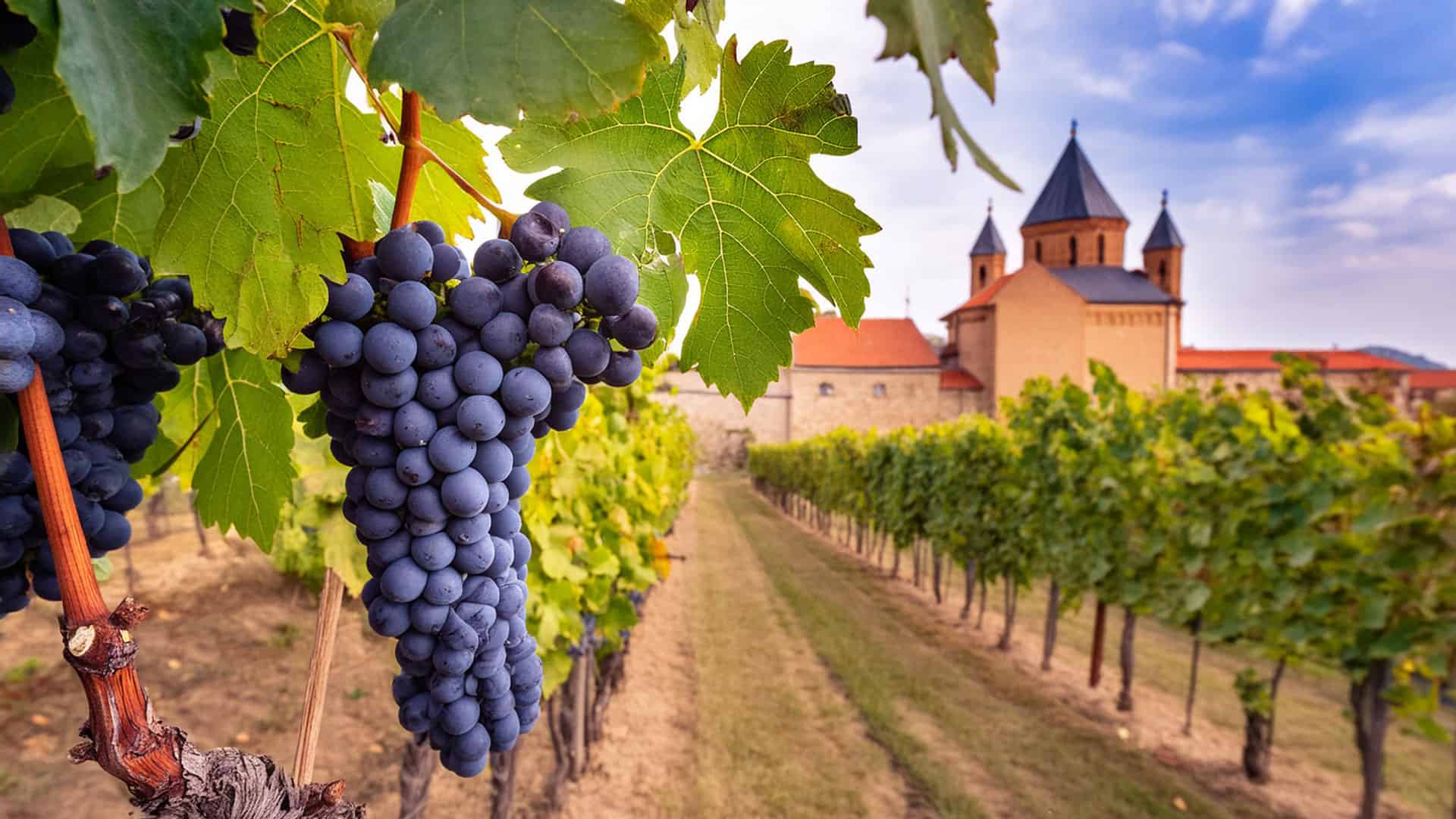
A significant chapter in the history of Gamay was when Duke Philip the Bold of Burgundy banned the cultivation of Gamay in the region in 1395, as he considered it harmful to human health and described it as “dishonorable”. This event marked a turning point in the spread of Gamay, which was pushed out of the Burgundian vineyards and finally allowed to flourish on the granite slopes of the Beaujolais.
This ban on cultivation in the Burgundian vineyards also had the effect of significantly improving the quality of Gamay. It thrives even better on the granite slopes of the Beaujolais than on the limestone quarries of the Côte-d’Or.
From France to neighboring Switzerland
Like other varieties, Gamay came to Switzerland from neighboring France, where it established itself in Valais and western Switzerland over the course of the 19th century. Today, it is cultivated on 1430 hectares in Switzerland, which is a good eight percent of the 15,000 hectares of vineyards. Together with Pinot Noir, Gamay produces well-known blends such as Dôle (Valais) and Savagnin (Vaud).
Our Gamay wine recommendations
Gamay flavor profile: aromas and acidity
Gamay is a wine with high acidity. The tannin content in this wine is low to medium. However, this popular red wine brings an expressive aroma of red fruits to the glass, not least thanks to its maturation in reaction-neutral containers, i.e. stainless steel tanks.
Gamay red wines often have a fruity aroma profile with notes of:
- Raspberry
- red cherries
- red plum
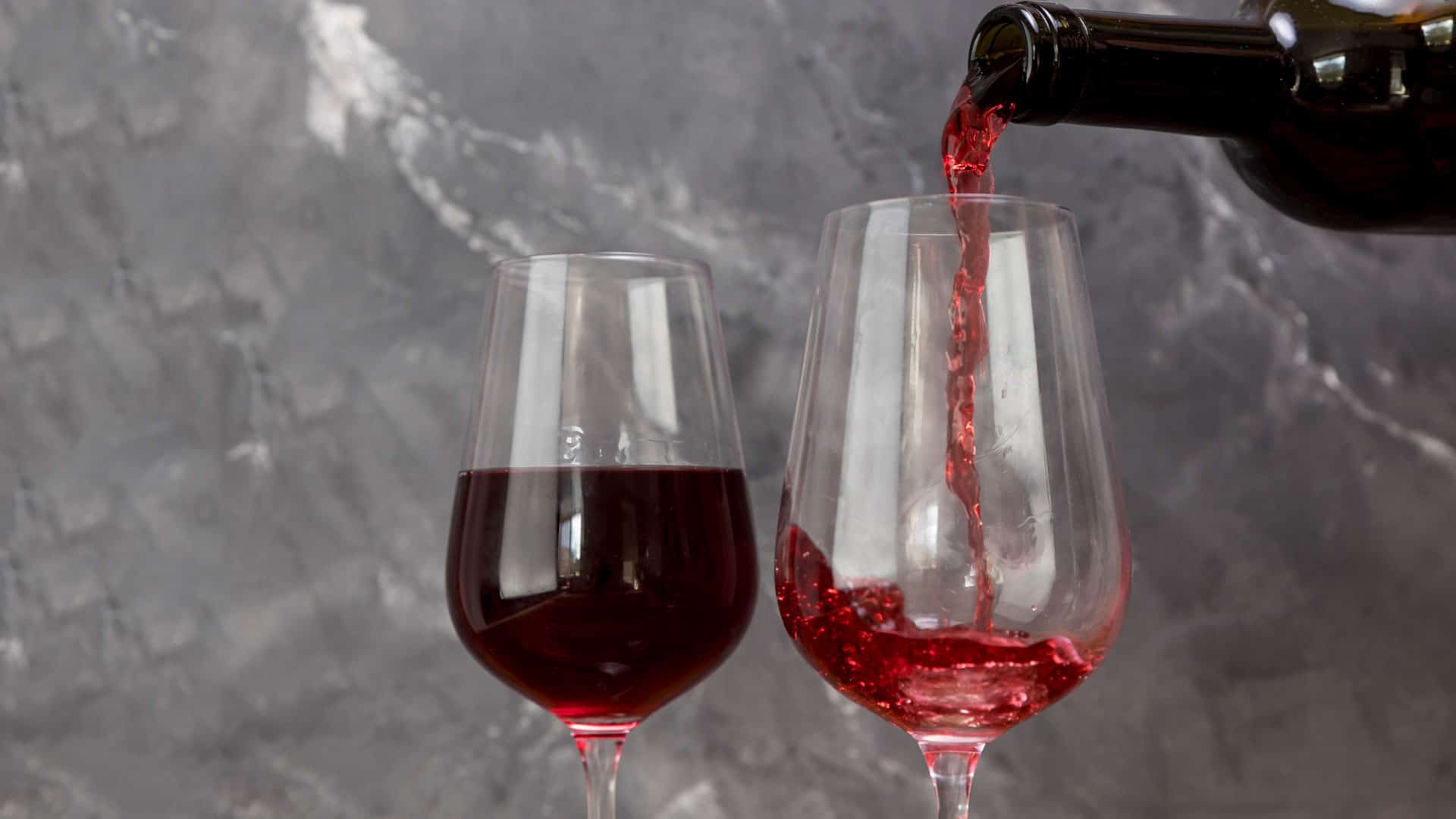
Gamay and food: The best combinations
Gamay wines pair perfectly with poultry, veal and pork, red sea fish, Mediterranean pasta dishes, pizza or Valais specialties such as mountain cheese and dried meat. Gamay is therefore a real all-rounder that should not be missing from your wine cellar.
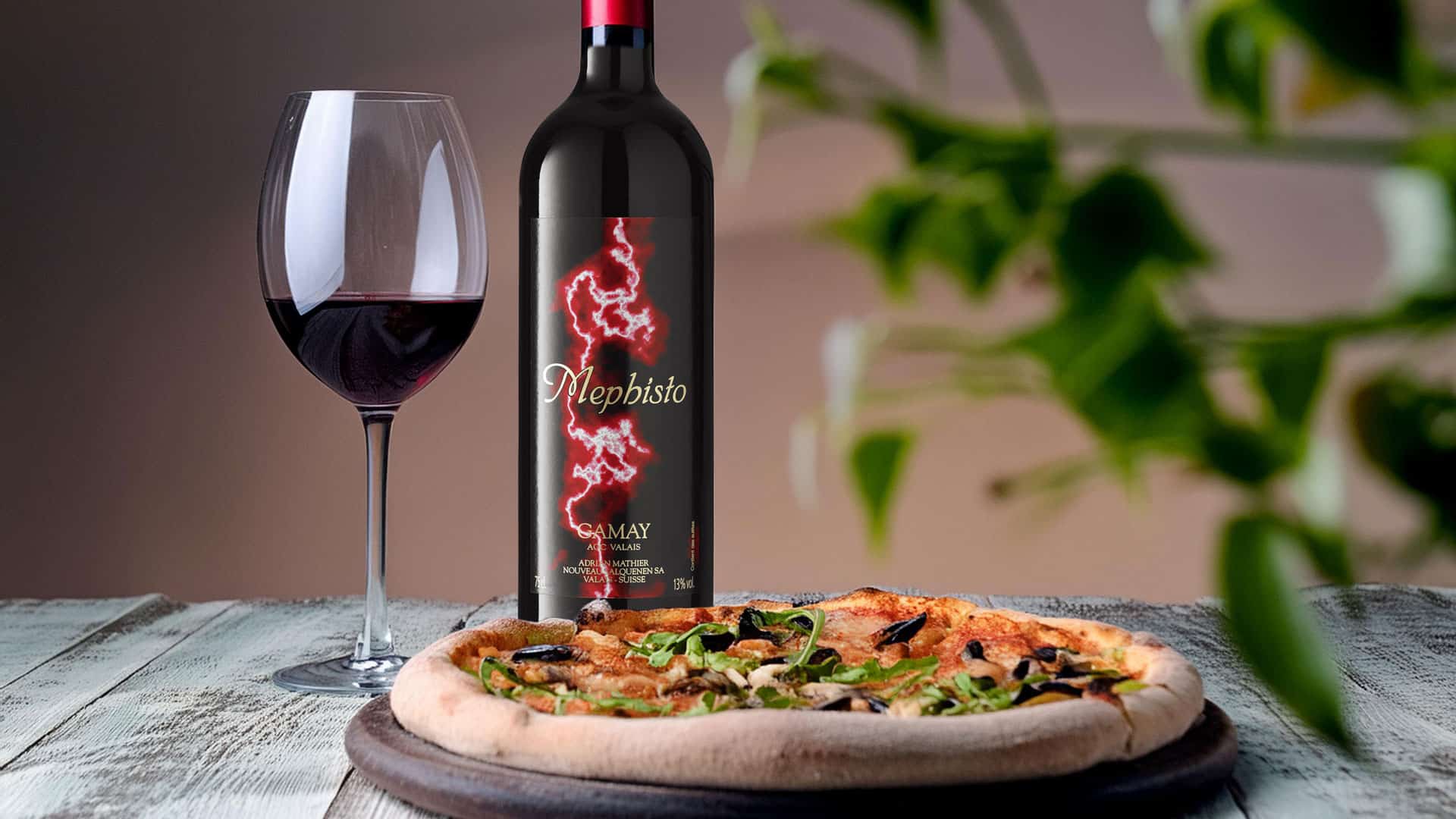
Interesting facts about Gamay wines
Here is an overview of the most important facts about Gamay. The reputation of Gamay was historically shaped by its prohibition in Burgundy vineyards in the 14th century and has been further tarnished in more recent times by the challenges of perception due to the inferior quality of Beaujolais Nouveau.
What does Gamay taste like?
Gamay wine has a vibrant ruby red color and a fruity taste. Aromas of raspberry, blackcurrant, plum, blackberry, strawberry and banana dominate. There are also notes of almond, orange peel, ivy, black pepper, juniper, cloves, star anise, leather and iron in the red wine.
What is a Gamay wine?
Gamay is a light, red grape variety that is mainly grown in Beaujolais, where it produces excellent wines in special areas known as Village Cru, including Moulin à Vent. Gamay originated from a natural cross between Pinot Noir and Gouais Blanc in Burgundy. In the 14th century, this high-yielding variety was banned from Burgundy as it was feared that it could displace the more noble Pinot Noir. The cru sites such as Moulin à Vent are known for their high-quality wines with minimal intervention and play a central role in the quality classification within the Beaujolais region.
Which grape is Beaujolais?
Beaujolais is made from the indigenous Gamay grape variety, which is characterized by its light-coloured flesh. The grapes are harvested exclusively by hand and the use of harvesting machines is strictly prohibited. The wine is a vibrant ruby red, with a comparatively high acidity and a lively aroma.
Where does Beaujolais come from?
Viticulture in the French region of Beaujolais falls under Burgundy in terms of wine law, but is located on the southernmost edge of this wine region. Historically, however, Beaujolais was never part of Burgundy. An exception is the northern part, which belongs to the department of Saône-et-Loire and is therefore also administratively part of Burgundy.

